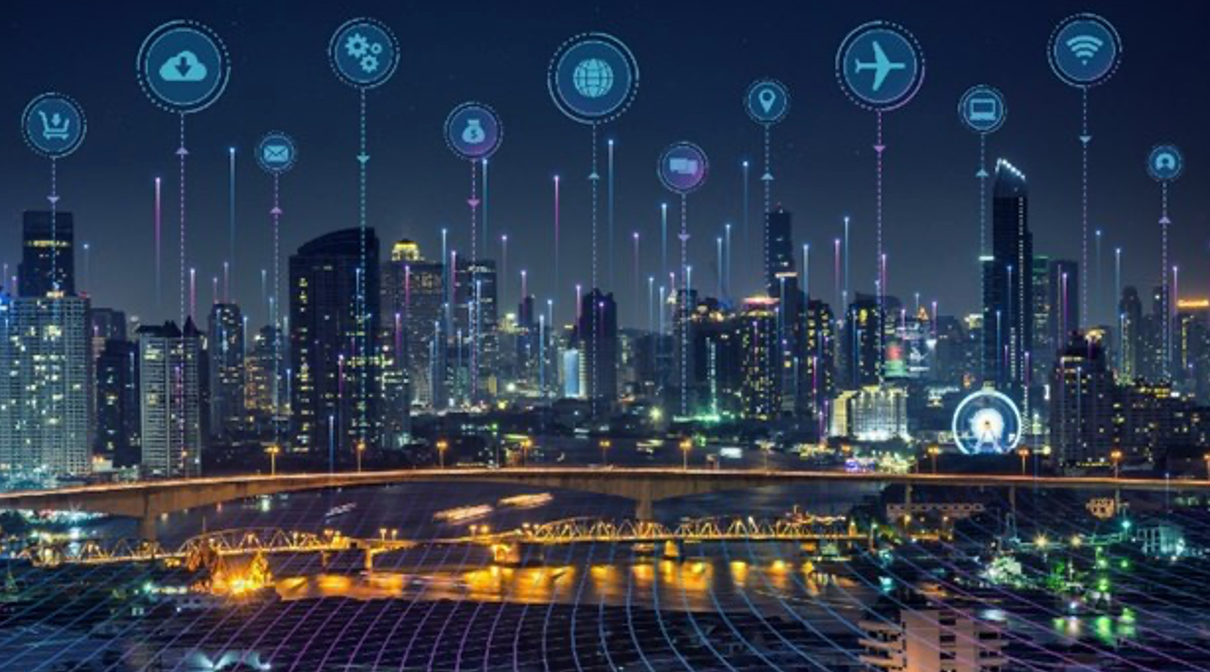Edge Computing & Generative AI

Introduction:
In the rapidly evolving landscape of technology, the convergence of Edge computing and Generative AI has emerged as a powerful catalyst, revolutionizing the way we process data and engage with artificial intelligence. This article delves into the significance of this synergy, exploring how the marriage of Edge computing and Generative AI is reshaping industries, fostering innovation, and driving us toward a more connected and intelligent future.
I. Unpacking Edge Computing:
Edge computing, in essence, is a decentralized computing paradigm that brings processing power closer to the data source, minimizing latency and optimizing real-time data analysis. Unlike traditional cloud computing, which relies on centralized servers, Edge computing distributes computational capabilities across devices at the edge of the network. This paradigm shift has far-reaching implications for various industries, paving the way for more efficient, secure, and responsive applications.
II. The Emergence of Generative AI:
Generative AI, a subset of artificial intelligence, focuses on creating new and original content. Powered by sophisticated algorithms and often utilizing neural networks, Generative AI systems can autonomously generate diverse outputs, including images, text, and even entire virtual environments. This technology has found applications in creative fields, data synthesis, and the development of realistic simulations.
III. The Symbiotic Relationship:
The synergy between edge computing and generative AI forms a symbiotic relationship that enhances technological capabilities. Edge computing improves the efficiency of generative AI models across the below dimensions:

a) Low Latency and Real-Time Creativity
Edge computing's proximity to data sources ensures minimal latency, a critical factor for real-time applications. When coupled with Generative AI, this low latency allows for on-the-fly content generation and interactive user experiences.

b) Enhanced Privacy and Security:
By processing data locally on Edge devices, Generative AI applications benefit from improved privacy and security. The decentralized approach reduces the need to transmit sensitive data to a centralized server, addressing privacy concerns in various sectors, including healthcare and finance.

c) Bandwidth Efficiency:
Generative AI often requires substantial computational resources. Edge computing alleviates the strain on network bandwidth by enabling local processing, making it an efficient solution for applications demanding high bandwidth.

d) Dynamic Personalization:
Edge-driven Generative AI facilitates dynamic personalization, enabling tailored user experiences based on real-time interactions and preferences. From personalized content recommendations to adaptive user interfaces, the possibilities are extensive.
Conclusion:
The fusion of Edge computing and Generative AI marks a transformative era in technology. Edge computing's decentralized processing, combined with Generative AI's autonomous creativity, enhances real-time capabilities. This synergy accelerates decision-making and fuels innovation in industries like healthcare, manufacturing, and finance. The marriage of these technologies unlocks unprecedented efficiency and adaptability, ushering in a new era of intelligent systems and possibilities.





